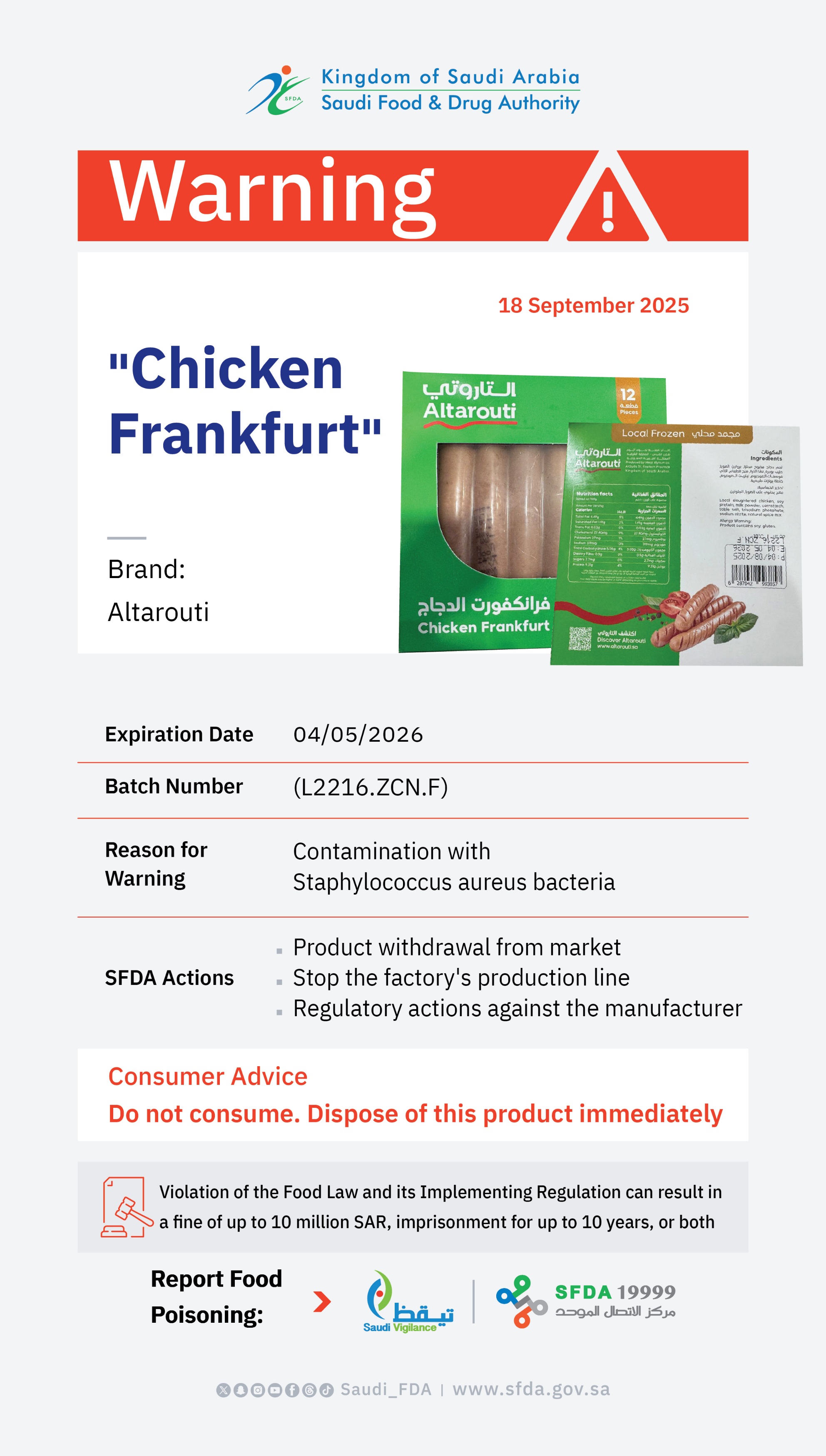
Hormone replacement therapy and risk of venous thromboembolism in postmenopausal women
2008-05-26
Objective To assess the risk of venous thromboembolism in women using hormone replacement therapy by study design, characteristics of the therapy and venous thromboembolism, and clinical background.
Design Systematic review and meta-analysis.
Data sources Medline.
Studies reviewed Eight observational studies and nine randomised controlled trials.
Inclusion criteria Studies on hormone replacement therapy that reported venous thromboembolism.
Review measures Homogeneity between studies was analysed using 2 and I2 statistics. Overall risk of venous thromboembolism was assessed from a fixed effects or random effects model.
Results Meta-analysis of observational studies showed that oral oestrogen but not transdermal oestrogen increased the risk of venous thromboembolism. Compared with non-users of oestrogen, the odds ratio of first time venous thromboembolism in current users of oral oestrogen was 2.5 (95% confidence interval 1.9 to 3.4) and in current users of transdermal oestrogen was 1.2 (0.9 to 1.7). Past users of oral oestrogen had a similar risk of venous thromboembolism to never users. The risk of venous thromboembolism in women using oral oestrogen was higher in the first year of treatment (4.0, 2.9 to 5.7) compared with treatment for more than one year (2.1, 1.3 to 3.8; P<0.05). No noticeable difference in the risk of venous thromboembolism was observed between unopposed oral oestrogen (2.2, 1.6 to 3.0) and opposed oral oestrogen (2.6, 2.0 to 3.2). Results from nine randomised controlled trials confirmed the increased risk of venous thromboembolism among women using oral oestrogen (2.1, 1.4 to 3.1). The combination of oral oestrogen and thrombogenic mutations or obesity further enhanced the risk of venous thromboembolism, whereas transdermal oestrogen did not seem to confer additional risk in women at high risk of venous thromboembolism.
Conclusion Oral oestrogen increases the risk of venous thromboembolism, especially during the first year of treatment. Transdermal oestrogen may be safer with respect to thrombotic risk. More data are required to investigate differences in risk across the wide variety of hormone regimens, especially the different types of progestogens.
BMJ, doi:10.1136/bmj.39555.441944.BE (published 20 May 2008)





